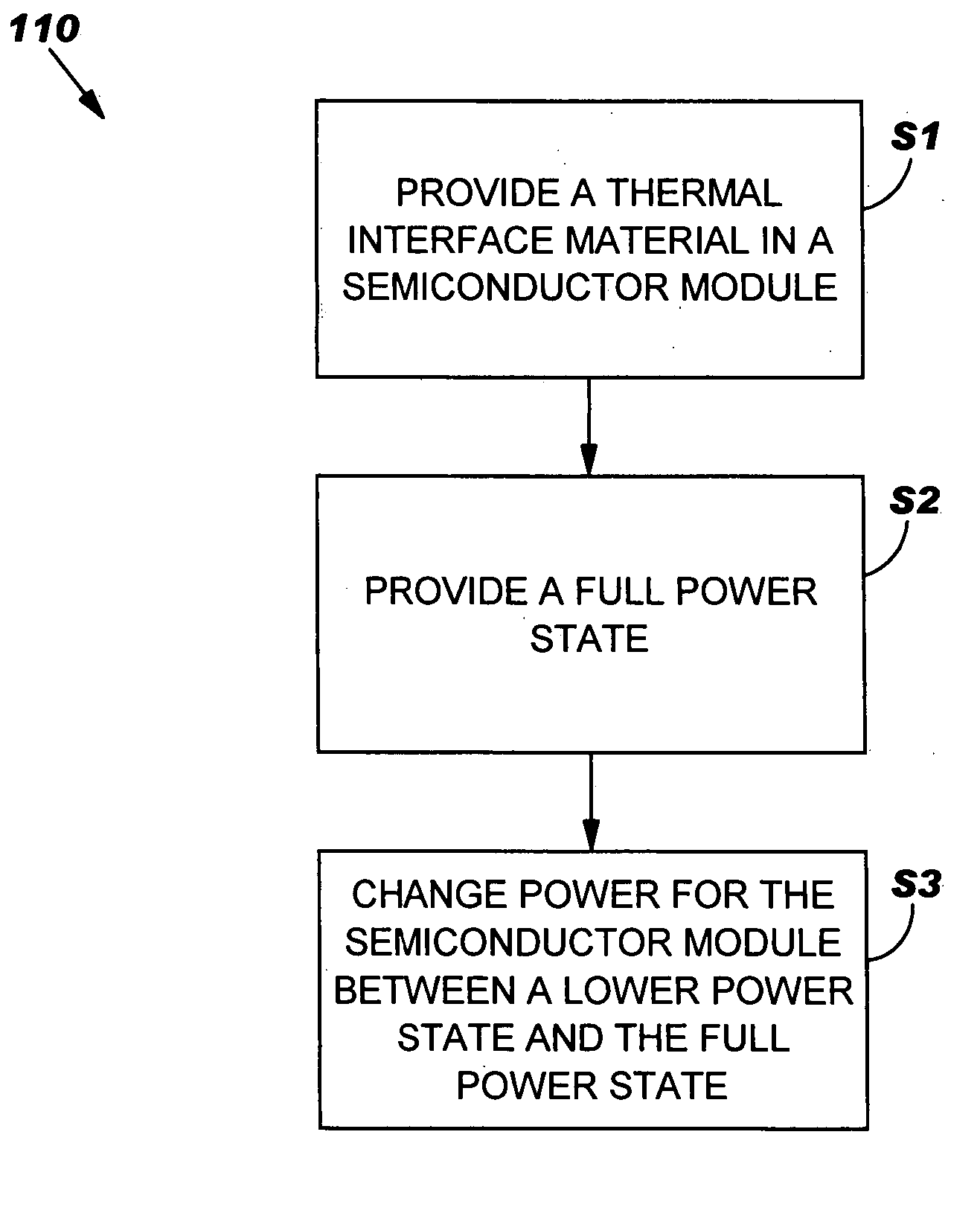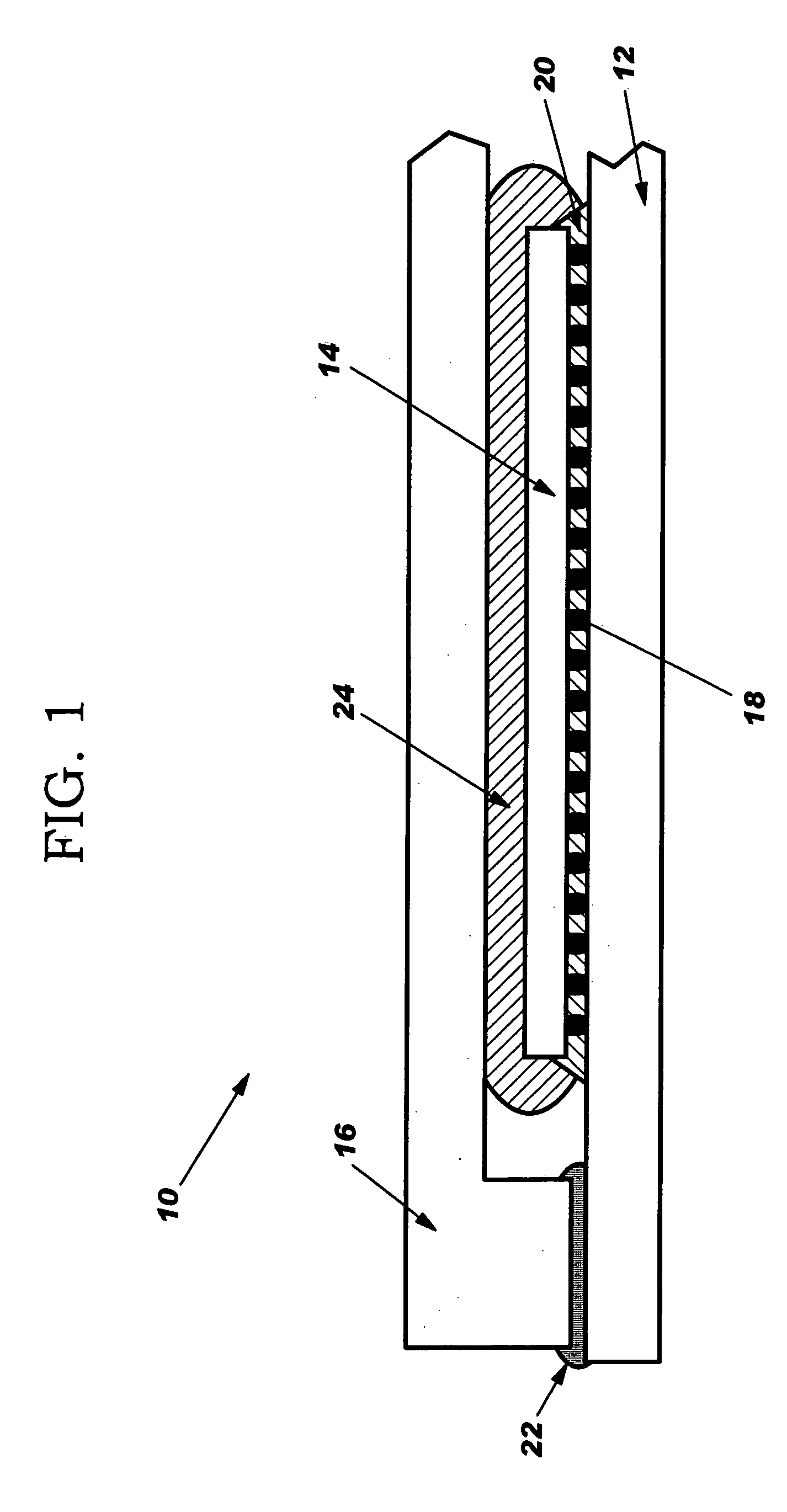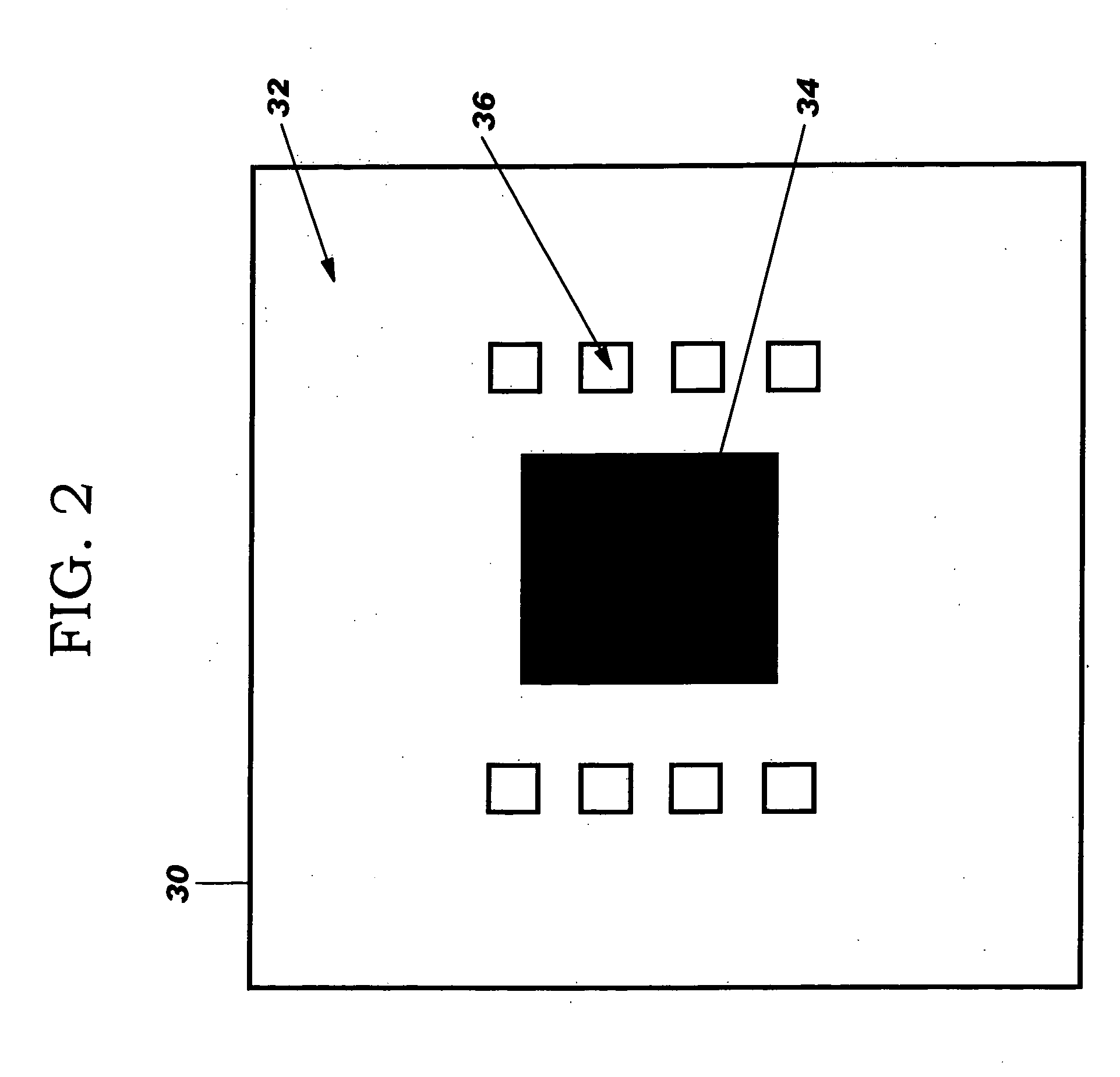Method for controlling power change for a semiconductor module
a technology of semiconductor modules and power changes, applied in the direction of semiconductor/solid-state device details, liquid/fluent solid measurements, instruments, etc., can solve the problems of relative movement, no one has adequately addressed the preservation of thermal solutions within semiconductor modules, and no previous attempts to control the rate of movement of thermal solutions, etc., to achieve the effect of preserving the reliability of materials
- Summary
- Abstract
- Description
- Claims
- Application Information
AI Technical Summary
Benefits of technology
Problems solved by technology
Method used
Image
Examples
Embodiment Construction
[0023] As indicated above, the present invention provides a method for controlling power change for a semiconductor module. Specifically, under the present invention power is applied to, or removed from a semiconductor module between a lower power state such as a zero power, nap or sleep state and a full power state over a predetermined time period. This allows the rate of movement and strain rate of the thermal interface material within the semiconductor module to be controlled, thus preserving the reliability of the material. Typically, the power is changed over time between the lower power state and the full power state in a linear fashion or incrementally (e.g., in a series of steps approximating a linear slope).
[0024] Referring now to FIG. 1, a semiconductor module 10 (hereinafter module 10) is shown. As depicted, module 10 includes chip carrier 12, chip 14 and lid 16. As known in the art, chip 14 can be attached to chip carrier 12 (e.g., which could be alumina, glass ceramic,...
PUM
 Login to View More
Login to View More Abstract
Description
Claims
Application Information
 Login to View More
Login to View More - R&D
- Intellectual Property
- Life Sciences
- Materials
- Tech Scout
- Unparalleled Data Quality
- Higher Quality Content
- 60% Fewer Hallucinations
Browse by: Latest US Patents, China's latest patents, Technical Efficacy Thesaurus, Application Domain, Technology Topic, Popular Technical Reports.
© 2025 PatSnap. All rights reserved.Legal|Privacy policy|Modern Slavery Act Transparency Statement|Sitemap|About US| Contact US: help@patsnap.com



